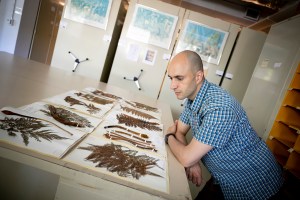Tag: PNAS
-
Health
The eye as we’ve never seen it
Researchers’ atlas pinpoints where disease-causing genes are expressed, raising hope for inroads against glaucoma and macular degeneration.
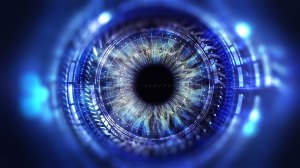
-
Science & Tech
Tracking rapidly changing patterns of suicidal thought
Smartphones enabled researchers to capture shifts multiple times a day, gathering data that could help guide more effective prevention.
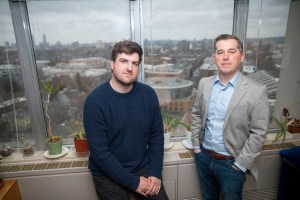
-
Science & Tech
Legendary Battle of Himera was triumph of Greek heroism, kind of
Genomic look at remains suggests victorious army got hand from substantial number of foreign mercenaries.

-
Science & Tech
How humans evolved to get along (to extent that we do)
According to a new study, bonobo group dynamics show they are a model for the evolution of human peacemaking.
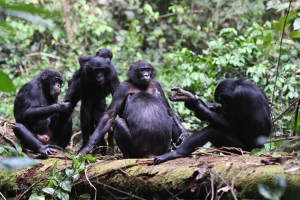
-
Health
Taking it easy as you get older? Wrong.
Study says that physical activity later in life shifts energy away from processes that compromise health and toward mechanisms in the body that extend it.
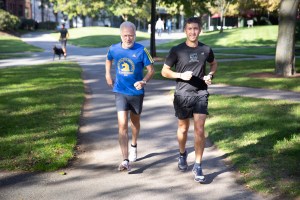
-
Science & Tech
Turns out developing a taste for carbs wasn’t a bad thing
Findings on Neanderthal oral microbiomes offer new clues on evolution, health.
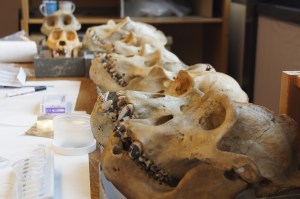
-
Science & Tech
Know why conversations either seem too short or too long?
Conversations don’t end when people want them to because few people know how to end them politely, a Harvard study finds.

-
Science & Tech
Unlocking the colors of insect vision
Harvard researchers develop in vitro method for probing what colors an insect sees.
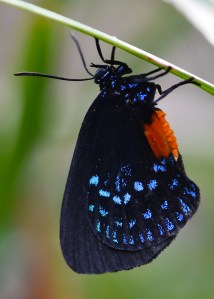
-
Science & Tech
The Popovich of floral nectar spurs
Researchers discover gene controlling nectar spur development, opening door for insights into evolution.
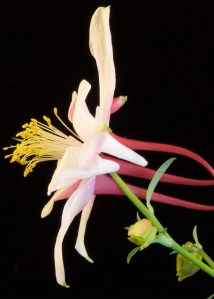
-
Campus & Community
Another disappointment for MOOCs
A new study looking at the efficacy of behavioral interventions for student involvement in online courses offers some suggestions on the road forward.

-
Science & Tech
Lessons in learning
Study shows students in ‘active learning’ classrooms learn more than they think
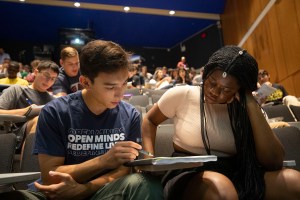
-
Health
Interaction between immune factors can trigger cancer
Harvard researchers found that interaction between immune factors triggers cancer-promoting chronic inflammation, setting the stage for the development of skin cancer associated with chronic dermatitis and colorectal cancer in patients with colitis.
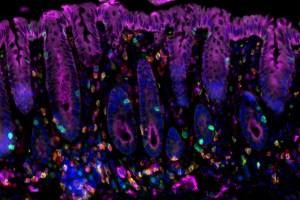
-
Work & Economy
Problem-solving techniques take on new twist
When solving problems, both groups in which members never interacted and groups whose members constantly interacted provided expected results. The surprising outcome came from groups whose members collaborated intermittently.
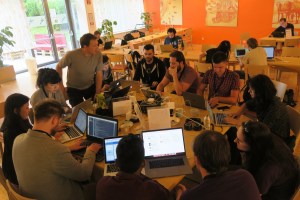
-
Science & Tech
Deep into the wild
Researchers used “deep learning” to identify images captured by motion-sensing cameras.
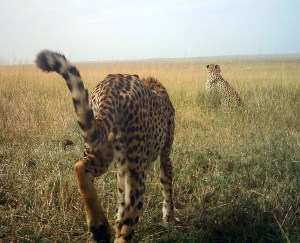
-
Health
Keeping the genetic code clean
Researchers have taken the first step toward removing unwanted cells by converting the CRISPR/Cas9 genome-engineering system into a genome-surveillance tool that removes newly occurring disease-associated mutations.
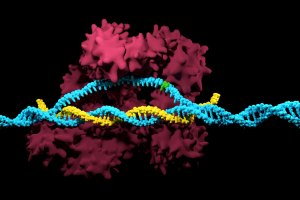
-
Science & Tech
Inequality’s influence
A new study has found that, following momentary exposure to inequality, support for a “millionaire’s tax” dropped by more than 50 percent.

-
Science & Tech
Me, steal? Impossible
New findings suggest a surprisingly common default in human behavior: the view that immoral actions are impossible.
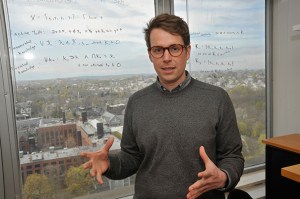
-
Science & Tech
Poison in Arctic and human cost of ‘clean’ energy
The amount of methylmercury, a potent neurotoxin, is especially high in Arctic marine life but until recently, scientists haven’t been able to explain why. Now, research from the Harvard suggests that high levels of methylmercury in Arctic life are a byproduct of global warming and the melting of sea-ice in Arctic and sub-Arctic regions.
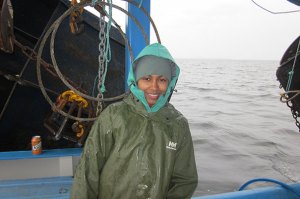
-
Health
You are when you eat
A new study may help explain why glucose tolerance — the ability to regulate blood-sugar levels — is lower at dinner than at breakfast for healthy people and why shift workers are at increased risk of diabetes.

-
Science & Tech
When flames attack
Harvard researchers were able to predict when test flames in the lab were likely to switch from slow- to fast-moving fires, which could open the way to making similar predictions for forest fires.

-
Science & Tech
Magnetic attraction
Harvard scientists have developed a system for using magnetic levitation technology to manipulate nonmagnetic materials, potentially enabling manufacturing with materials that are too fragile for traditional methods.
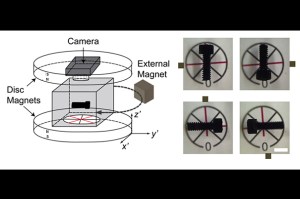
-
Health
Fin to limb
New research brings scientists closer to unraveling one of the longest-standing questions in evolutionary biology — whether limbs, particularly hind limbs, evolved before or after early vertebrates left the oceans for life on land.

-
Health
Malaria in 3-D
Using an imaging technique known as high-speed holographic microscopy, Laurence Wilson, a fellow at Harvard’s Rowland Institute, worked with colleagues to produce detailed 3-D images of malaria sperm — the cells that reproduce inside infected mosquitoes — that shed new light on how the cells move.
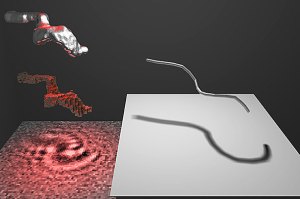
-
Science & Tech
The teaching launch
A new study found that middle school teachers can have a real impact not only on students’ short-term educations, but on whether they attend college and on the size of their future paychecks.

-
Science & Tech
The look of music
A new study by Chia-Jung Tsay, a musician and Harvard Ph.D., examines the power of visual information in evaluating classical music.

-
Science & Tech
When fairness prevails
Using computer simulations designed to play a simple economic “game,” researchers at Harvard’s Program for Evolutionary Dynamics showed that uncertainty is a key ingredient behind fairness. Their work is described in a Jan. 21 paper in the Proceedings of the National Academy of Sciences.

-
Health
Watching teeth grow
For more than two decades, scientists have relied on studies linking tooth development in juvenile primates with their weaning as a rough proxy for understanding similar landmarks in the evolution of early humans. New research from Harvard, however, challenges that thinking by showing that tooth development and weaning aren’t as closely related as previously thought.
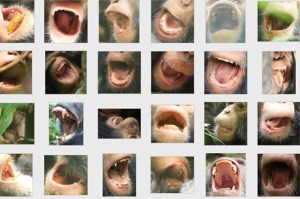
-
Science & Tech
Straight to the source
As described in an April 23 paper in the Proceedings of the National Academy of Sciences (PNAS), graduate students Eric Morrow and Carling Hay demonstrate the use of a statistical tool called a Kalman smoother to identify “sea level fingerprints” — telltale variations in sea level rise — in a synthetic data set. Using those…





